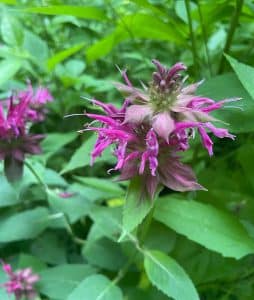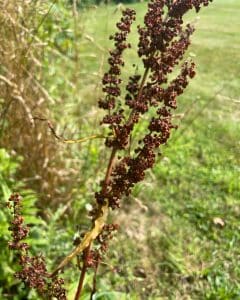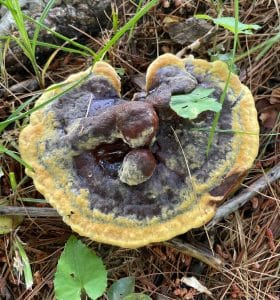Page Created by Connecticut Foraging Club
Upcoming Events | Meet the Instructors | Plant Archive | Mushroom Archive
----------------
Upcoming Events | Meet the Instructors | Plant Archive | Mushroom Archive
----------------
Dandelion (Taraxacum officinale) is a non-native plant from Europe that is edible and medicinal from root to flower.
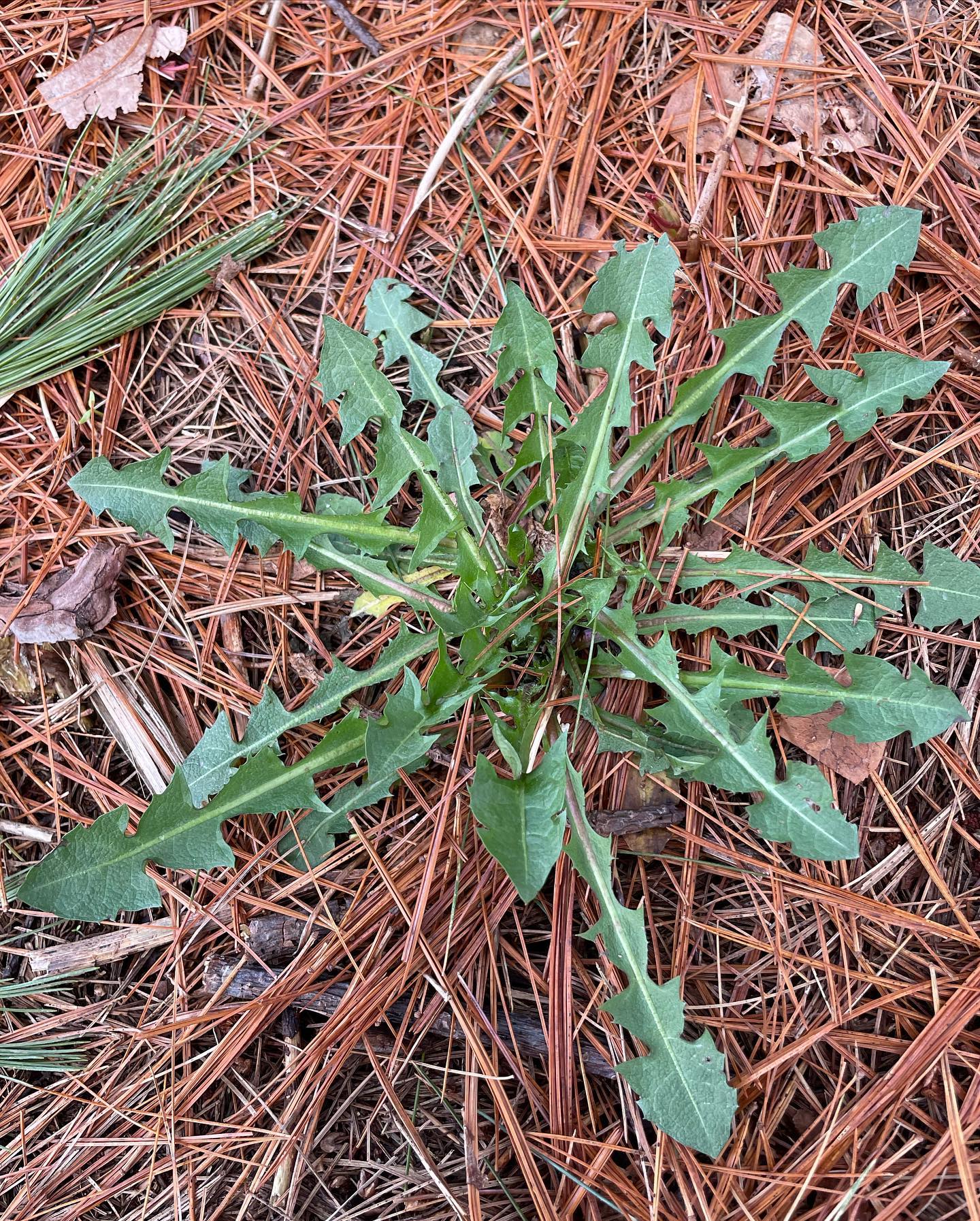
Dandelions can be found in lawns, parks, meadows, and disturbed areas. They can tolerate a wide range of conditions and grow in every U.S. state.
Dandelions form a basal rosette of leaves in early spring. The points of the leaf’s teeth face straight out or back towards the leaf base. This helps to differentiate dandelion leaves from its look-a-likes. The flower grows on a single, unbranching, hollow stem.

Early spring is the best time for harvesting dandelion greens and roots. Leaves can be eaten raw in a salad, made into pesto, or cooked like spinach. Roots can be peeled, boiled, and eaten like a vegetable. They can also be chopped, roasted, ground, and used in place of coffee.
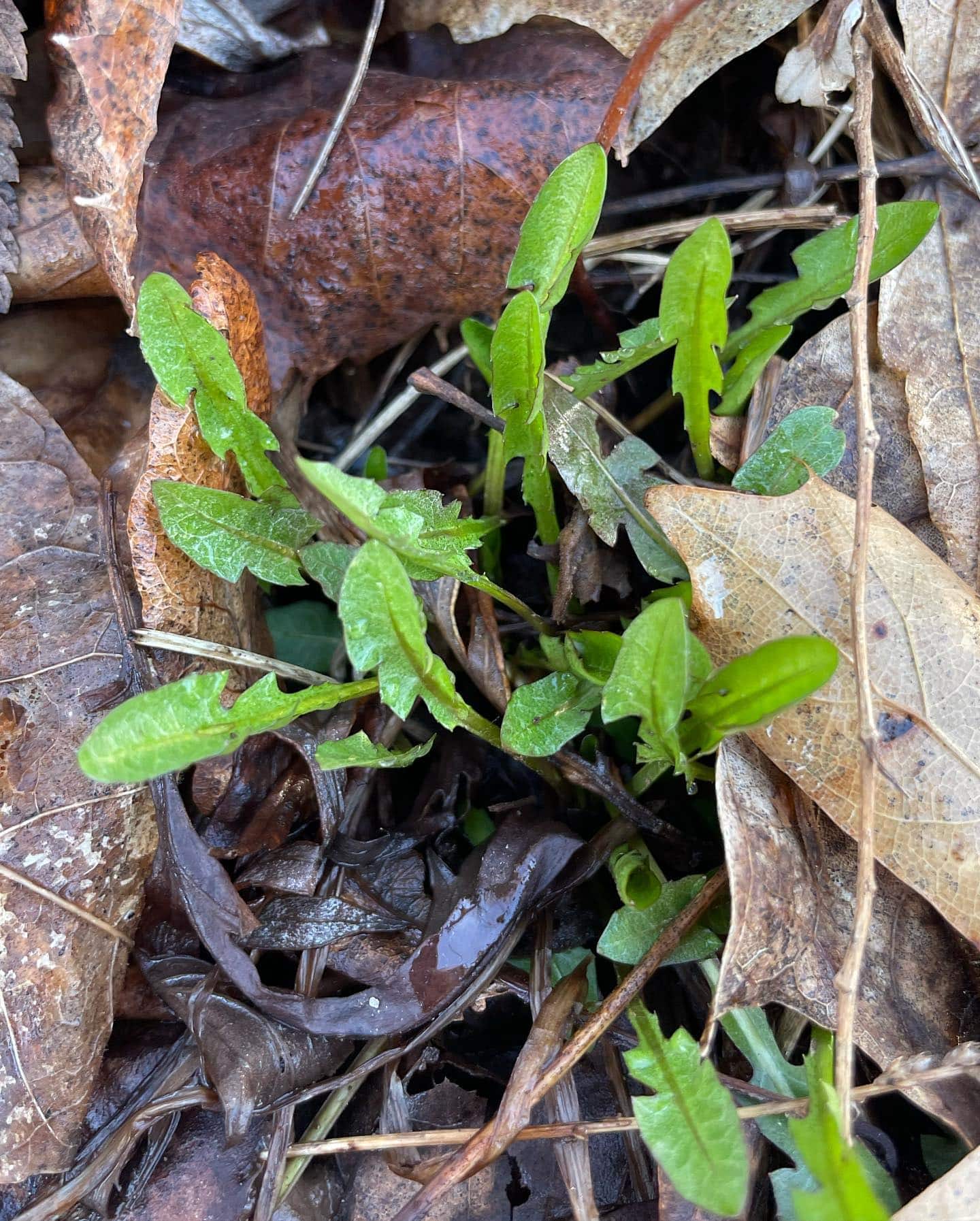
Flowers can be harvested in the summer to make jelly, tea, wine, or fritters. They have a delicate, sweet flavor.
Dandelion greens were traditionally eaten in early spring to replenish vitamin deficiencies from the winter months. Dandelions are rich in vitamins A, C, K, and E. They are also high in folate, iron, calcium, and potassium.

Dandelion roots and leaves have been used medicinally to aid digestion, improve kidney and liver function, and treat UTI’s.
Dandelion foraging is sustainable as the plant is non-native and able to re-grow from even a small chunk of root left in the soil. Just be sure the area that you are harvesting from has not been sprayed!
--
Written by Amy Demers, founder of the Connecticut Foraging Club. To learn more about foraging in Connecticut, check out our upcoming classes.

